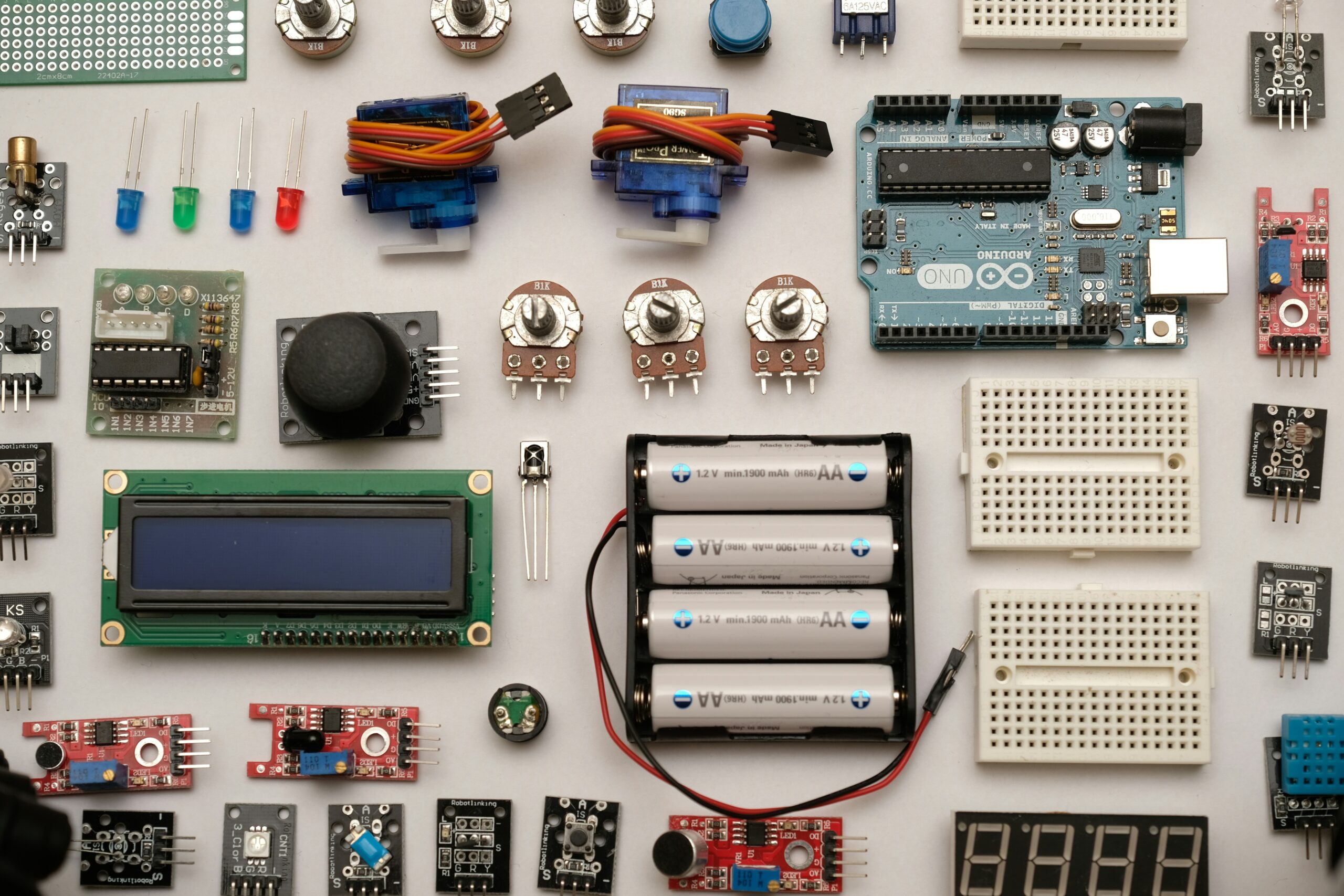Tips for Securing Internet of Things (IoT) Devices at Home

Tips for Securing Internet of Things (IoT) Devices at Home
The Internet of Things (IoT) has become an integral part of our daily lives, connecting various devices and making our homes smarter and more convenient. However, with this increased connectivity comes the need for enhanced security measures to protect our privacy and prevent potential cyber threats. In this article, we will discuss some essential tips for securing IoT devices at home.
1. Change Default Passwords
One of the most common mistakes people make is keeping the default passwords on their IoT devices. Default passwords are easily guessable and can be exploited by hackers. It is crucial to change the default passwords to unique and strong passwords for each device. Use a combination of letters, numbers, and special characters to create a strong password that is difficult to crack.
2. Keep Software Updated
Regularly updating the software on your IoT devices is essential for maintaining their security. Manufacturers often release software updates to address vulnerabilities and improve device performance. Enable automatic updates whenever possible, so you don’t have to worry about manually updating each device. Additionally, make sure to download updates only from trusted sources to avoid malware or fake updates.
3. Secure Your Wi-Fi Network
Your Wi-Fi network is the gateway to your IoT devices, so it is crucial to secure it properly. Start by changing the default username and password of your router to a strong and unique combination. Use WPA2 or WPA3 encryption for your Wi-Fi network, as these are the most secure options currently available. Additionally, consider enabling network segmentation to isolate your IoT devices from your main network, creating an extra layer of protection.
4. Disable Unnecessary Features
Many IoT devices come with a range of features that you may not need or use. It is a good practice to disable any unnecessary features or services on your devices. By doing so, you reduce the potential attack surface and minimize the risk of unauthorized access. Refer to the user manual or device settings to identify and disable any features that are not essential for your needs.
5. Create a Guest Network
If you frequently have guests visiting your home, it is a good idea to create a separate guest network for them to connect to. This network should be isolated from your main network and IoT devices. By doing so, you prevent guests from accidentally accessing or tampering with your IoT devices. Most routers have a guest network feature that allows you to set up a separate network with limited access.
6. Use Two-Factor Authentication
Two-factor authentication (2FA) adds an extra layer of security to your IoT devices. Enable 2FA whenever it is available, as it requires an additional verification step, such as a code sent to your smartphone, before allowing access to your device. This prevents unauthorized access even if someone manages to obtain your username and password.
7. Be Mindful of Device Placement
Consider the physical placement of your IoT devices to minimize potential risks. Avoid placing devices with cameras or microphones in private areas where they could compromise your privacy. Additionally, keep devices away from windows or other vulnerable areas where they may be more susceptible to tampering or theft.
8. Regularly Monitor Device Activity
Keep an eye on the activity of your IoT devices to detect any suspicious behavior. Monitor the logs and notifications provided by the device manufacturer or associated apps. If you notice any unusual activity or unauthorized access attempts, take immediate action to investigate and secure your devices.
Conclusion
Securing your IoT devices at home is essential to protect your privacy and prevent potential cyber threats. By following these tips, such as changing default passwords, keeping software updated, securing your Wi-Fi network, disabling unnecessary features, creating a guest network, using two-factor authentication, being mindful of device placement, and regularly monitoring device activity, you can enhance the security of your IoT devices and enjoy the benefits of a smart home with peace of mind.